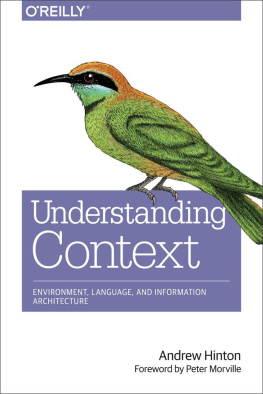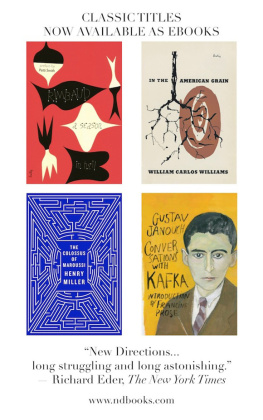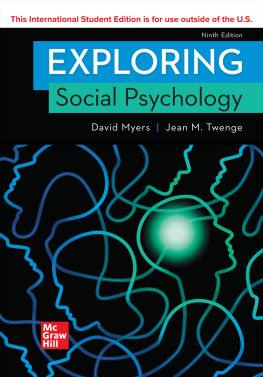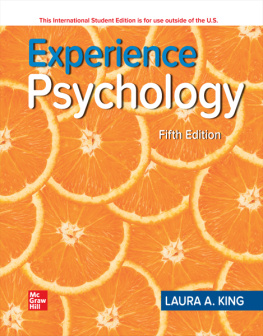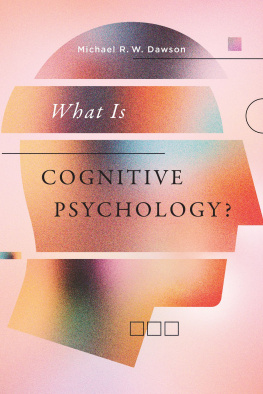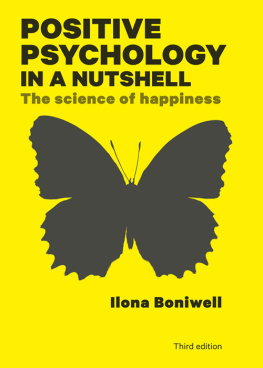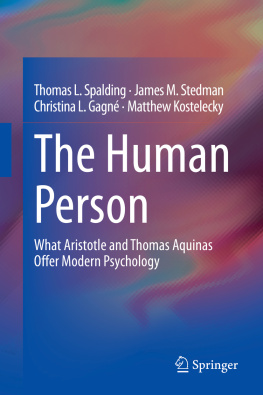Understanding Context: Environment, Language, and Information Architecture
Andrew Hinton
Beijing Cambridge Farnham Kln Sebastopol Tokyo
Special Upgrade Offer
If you purchased this ebook directly from oreilly.com, you have the following benefits:
DRM-free ebooksuse your ebooks across devices without restrictions or limitations
Multiple formatsuse on your laptop, tablet, or phone
Lifetime access, with free updates
Dropbox syncingyour files, anywhere
If you purchased this ebook from another retailer, you can upgrade your ebook to take advantage of all these benefits for just $4.99. to access your ebook upgrade.
Please note that upgrade offers are not available from sample content.
Praise for Understanding Context
Engaging, never shying away from tackling and unraveling the complexity that lies behind the simplest turns of language, this book explains plainly and clearly why designers should pay attention to much-misused concepts such as sense and place, and simultaneously provides sound and elegant foundations for a new and embodied approach to the architectures of information spaces. A necessary read for both those who want to understand the interplay of language, place, information architecture, and design practice and for those who create products and services spanning the digital and the physical, where context is everything.
ANDREA RESMINI, PHDAUTHOR, PERVASIVE INFORMATION ARCHITECTURE ; SENIOR LECTURER IN INFORMATICS, JNKPING INTERNATIONAL BUSINESS SCHOOL
For all those times when someone says something like, this is not my beautiful life when theyre using your design, youve probably ignored their context. Andrew masterfully makes the case for meeting users where they are, and putting context in its proper place: at the center of making meaningful design.
DANA CHISNELL
Andrew Hinton has created a rigorous and wide-ranging framework for thinking about how we perceive and interact with our linguistic and digital environments. This framework is based on cutting edge cognitive science, and the result is an invaluable guide and common language for all the different people who create and want to understand these relatively new human environments places.
ANDREW D. WILSON, PHDSENIOR LECTURER IN PSYCHOLOGY, LEEDS BECKETT UNIVERSITY, LEEDS UK
Understanding Context is a door to knowledge that will allow an entire generation of digital designers to more properly consider the context in which their work is used. This book is easy to read, but also full of important academic concepts more designers should be talking and thinking about in this messy cross-channel world. Hintons writing is like attending a masters program in Gibsonian psychology while having the smartest kid in class sitting next to you explaining what the heck is going on in everyday language. I applaud OReilly in bringing this work to the world and Mr. Hinton for pouring his heart into writing it.
ABBY COVERTAUTHOR, HOW TO MAKE SENSE OF ANY MESS
Context is hard for humans. Its even harder for the machines that we oddly hope will guide us through the growing chaos and complexity of modern life. Andrew is a better guide; his book helps us perceive, make sense of, and engage with the contexts that surround usfrom cities to kitchens to Minecraft.
LOUIS ROSENFELDAUTHOR, INFORMATION ARCHITECTURE FOR THE WORLD WIDE WEB ; FOUNDER OF ROSENFELD MEDIA
Andrew Hintons well-organized, useful, conversational approach makes this vast ontology of context not only accessible, but indeed like a long walk with J.J.Gibson himself. Come along for a day, come away better situated in a world remade (but not replaced) by technology, and get ready to give it better architecture.
MALCOLM MCCULLOUGHPROFESSOR OF ARCHITECTURE, UNIVERSITY OF MICHIGAN; AUTHOR, AMBIENT COMMONS AND DIGITAL GROUND
As computers become smaller they are becoming more ubiquitous. Computers and computing are not only in our mobile phones, but they are rapidly being embedded in everything. Cars, kitchens, street corners and shopping malls are becoming smart and connected. In this connected world, understanding context is more important than ever before. Andrew Hinton has written a thoughtful, well-researched and insightful book, full of key ideas to help you navigate the connected future.
DAVE GRAYAUTHOR, THE CONNECTED COMPANY AND GAMESTORMING ; FOUND, XPLANE
Foreword
I TS IMPOSSIBLE TO UNDERSTAND context. Theres always something were missing. Not long ago, during a rim-to-rim hike of the Grand Canyon, I was thinking deep thoughts about two-billion-year-old rocks. They made me feel small. Although were more stable than a tornado or a sandbar, we belong in the same category. We are delicate, imperfect patterns that come and go in the blink of an eye. Yet, were also more ancient than rocks. We are made of stardust, indestructible matter as old as the universe.
Thats when I heard the rattle.
Lost in thought, I nearly stepped on a snake. In unfamiliar territory, its impossible to understand context, but its still vital that we pay attention.
In the 1990s, I helped to grow a company called Argus. Over the course of seven years, we pioneered the practice of information architecture and bootstrapped our way from two to forty souls. Unfortunately, when the tech bubble burst at the end of the decade, we sunk the ship. We didnt see it coming. Later, while packing books into boxes, I suddenly realized what Id lost. It wasnt just a company; Argus was a part of me. Wed built an organization of people, systems, and information that embodied and extended ourselves. Thats the thing about context. Its impossible to see until its gone.
A year after we closed Argus, I met Andrew Hinton. A group of us were gathered on the beautiful conference grounds of Asilomar to discuss how we might advance the practice of information architecture. At the time, our work was tied to websites, but Andrew told us to embrace the structural design of information environments. So, we wrote those words into the bylaws of the Information Architecture Institute and into the new edition of the polar bear book, and that became the definition of information architecture thats celebrated by thousands of people in dozens of countries each year on World IA Day . Our words and actions have unforeseeable consequences beyond our current context.
Theres a new ship in town by the name of TUG. Its reframing information architecture. The Understanding Group was founded by Dan Klyn and Bob Royce, and Im a strategic advisor. Its the perfect place for Andrew to be an information architect. He gets to tackle massive projects while surrounded by amazing people. And hes able to continue what he began in Asilomar: building out the architecture school of information architecture.
In articles and talks and in this book, Andrew is helping us all to realize that were not designing software or websites. Because language is infrastructure and the map is the territory, the things we build and inhabit are places made of information. From the perspective of experience, these digital ecosystems are as real as the Grand Canyon. This unfamiliar territory can engage, inspire, or overwhelm. Its easy to become lost, and there are snakes. Thats why this book is important. Its a map for mapmakers. It wont explain everything from here to there. Thats impossible. Still, if youre brave enough to hike its crags and canyons, you will be better at making places and understanding contexts. This book is not a straightforward journey, nor is it short, but its one I highly recommend.

